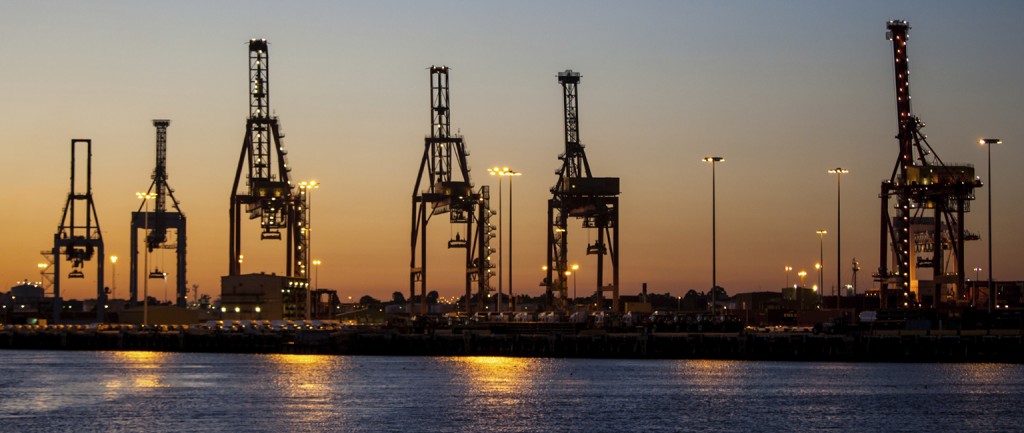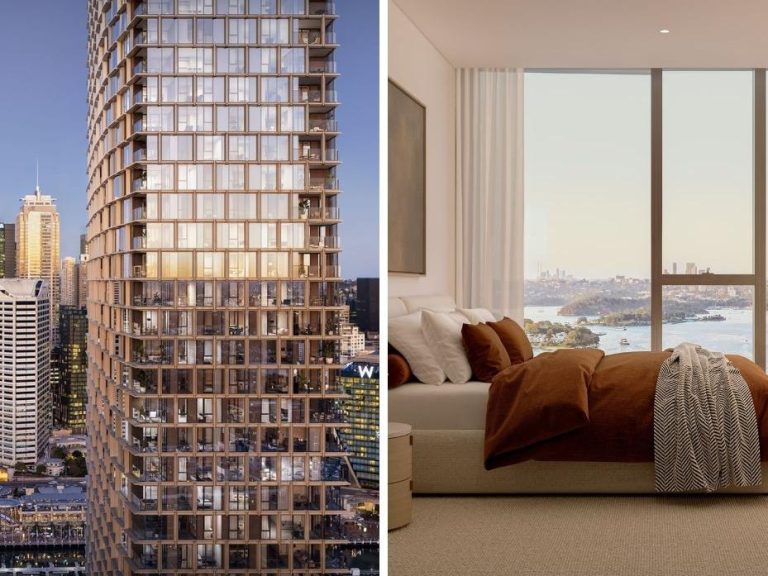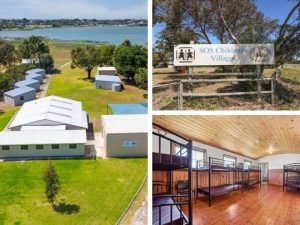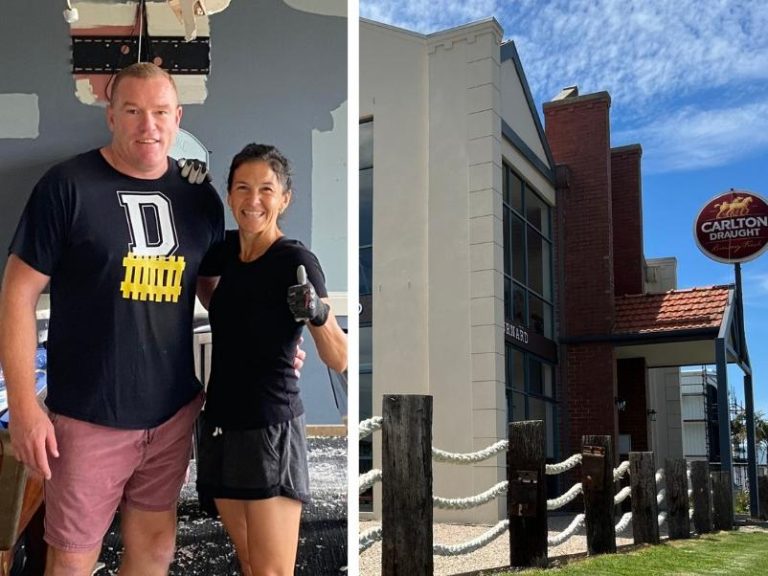Industrial property – a tale of two cities

Last year there was an unexpected resurgence in industrial property sales, with trusts taking advantage of improved capital conditions and private investors demonstrating their continued appetite for high yielding assets in a low interest rate environment.
The big question now is: how will manufacturing’s decline play out in Australia’s two largest industrial property markets?
Melbourne has felt the decline most keenly, with Toyota, Holden and Ford all announcing large job losses and the end of their local production in the next three years.
Tony Crabb, National Head of Research at Savills, told realcommercial.com.au that while these closures are significant, they are the tail of a 30-year trend rather than an end to the sector itself.
“Two hundred and sixty thousand jobs have gone in manufacturing and agriculture over the last three decades but 5.5 million jobs have been created across the rest of the economy,” Crabb said.
“Manufacturing in Australia produces everything from scientific instruments to food products and in the case of the latter that feeds 70 million people worldwide.
“Auto factories don’t actually represent a great deal of floor space and when they are gone, I expect these facilities will be demolished and the land repatriated to another industrial use.
“It’s wholesale, food processing and distribution which are the big occupiers of industrial space.”
In Sydney the market looks promising, with Savills estimating $2.8 billion worth of industrial sales last year, double the five-year average.
Private investors were the most active, purchasing 56% of stock on the market. REITs were also busy and particularly keen on logistics, with Goodman, Charter Hall, DEXUS, GPT and 360 Capital the most prominent buyers.
In Melbourne, funds and trusts also returned to the market, responsible for 36% of sales, while private investors remained dominant.
Crabb tells me that Sydney has the better profile in the short to medium term. “I would rate Sydney slightly ahead on the back of higher tenant demand but then Melbourne is paying higher yields.”
Melbourne prime industrial yields are currently between 7.25% and 8.50% in the north west and 7.25% and 8.50% in the south east.
Crabb points out that Victoria has led the country in new infrastructure, with road, rail and port projects prominent and there have been more releases of industrially zoned land, particularly in Melbourne’s west.
Sydney has not benefitted from the same scale of investment, with many infrastructure bottlenecks still in place. This is pushing industry out to the 30km from the CBD ring and away from ports, which is playing into the pricing of transporting goods around the Sydney basin.
“There’s a shortage of in-fill industrial within Sydney’s 20km ring, with some of it falling to residential conversion. This is why we’re seeing the expansion of industry out to areas like Minto and Moorebank,” Crabb said.
“NSW has seen underinvestment for some time, mainly because of issues in the political sphere, but now that is starting turn around with new government money coming into play in roads and rail.”
So will institutions and private investors continue to look at investing in industrial land and facilities?
“Without a doubt,” Crabb told me. “There is a desire for good product when we have historically high yields and where you have properties with long leases to single tenants.
“It’s a good option for money that you don’t want earning low returns sitting in the bank.”







